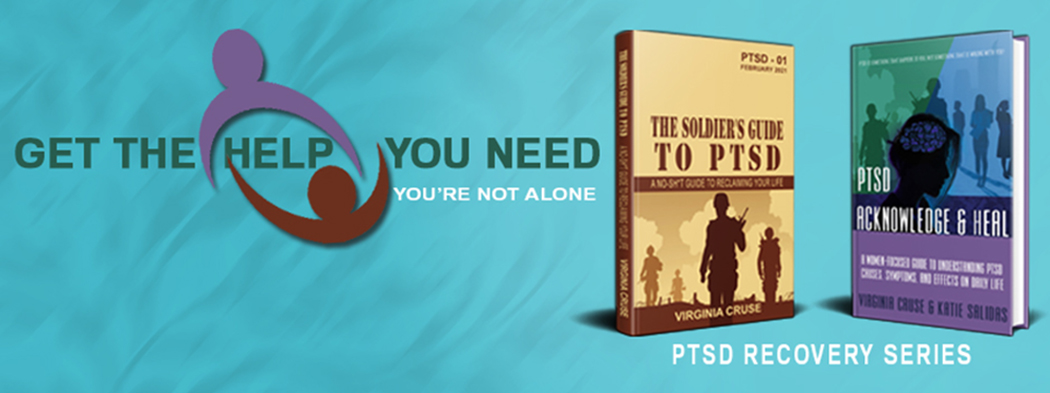When we think of firefighters, we often imagine brave men
and women charging into burning buildings, ready to save lives. But what many
people may not realize is that the majority of firefighters in Western
countries are actually volunteers.
In the United States alone, 67% of firefighters are
volunteers while only 33% are paid career firefighters. Though some may serve
in both paid and volunteer positions. While both groups serve their communities
with courage and dedication, there are distinct differences between them that
should not be overlooked.
Although volunteer firefighters do not receive a salary for
their service, they may be reimbursed for expenses such as food,
transportation, and supplies. They may also receive certain benefits, including
life insurance and health insurance, which equal about 20% of what a career firefighter
earns.
One key difference is in the mental health support provided
to these two groups. While much research has been done on the mental well-being
of paid career first responders, studies have shown that volunteer firefighters
often experience higher levels of PTSD symptoms after major traumatic events.
They also have higher rates of depression and suicidal thoughts compared to
their paid counterparts.
This could be due to a number of factors, including limited
access to mental health resources within volunteer departments. Unlike paid
career firefighters who undergo pre-employment psychological screenings and
receive ongoing training on mental health and critical incidents, volunteers
may not have the same level of support.
Volunteer departments often have fewer resources available
for their members, however, there are organizations like the National Volunteer
Fire Council (NVFC https://www.nvfc.org)
that offer resources for volunteer firefighters and their families. Their
"Share the Load" program provides a database of licensed mental
health professionals, as well as courses, newsletters, and videos about suicide
prevention and other mental health issues. The NVFC also offers multiple ways
for volunteers to reach out for help through the Suicide Prevention Lifeline by
phone, online chat, or text.
Additionally, the International Association of Fire Fighters
(IAFF https://www.iaff.org) has a
trained peer support network composed of fellow firefighters who understand
mental health concerns and can connect members (mostly career firefighters)
with community resources and mental health professionals if needed.
The nature of firefighting, whether voluntary or
professional, exposes individuals to high levels of occupational stress and
repeated traumatic events, leading to physical and psychological health issues.
Studies have shown that the risk of developing PTSD increases with the number
of traumatic events experienced by firefighters during their work.
Unfortunately, first responders are often the last to admit they need help, as
it goes against their role as providers of support rather than recipients.
Seeking help may be seen as a weakness in this community, where toughness is
essential. However, it is crucial for first responders to know how and where to
find help in order to build resilience.
Support mechanisms, the removal of the stigma associated
with experiencing emotional distress, and education about good mental health
being just as important as good physical health need to be available and easily
accessible to all first responders.
*****
“If you believe change is possible, you want to change, and you are willing to do the work, you absolutely CAN get your life back.”
Get your copy of The Soldier's Guide to PTSD, The Soldier's Workbook,



No comments:
Post a Comment